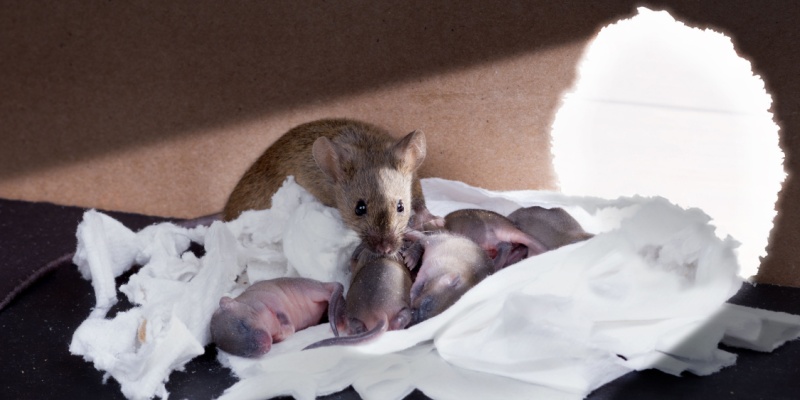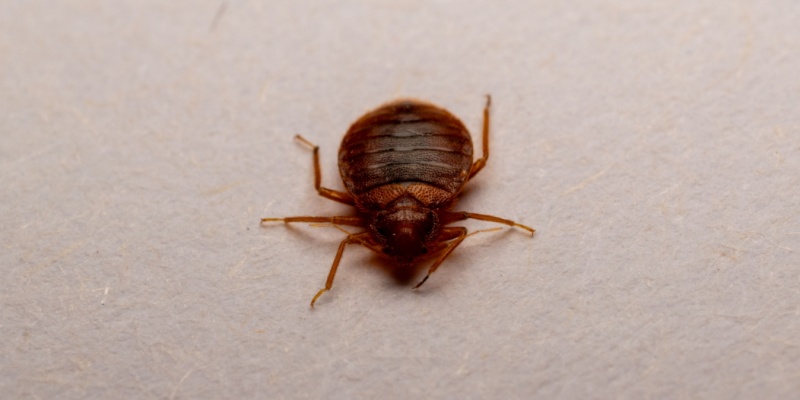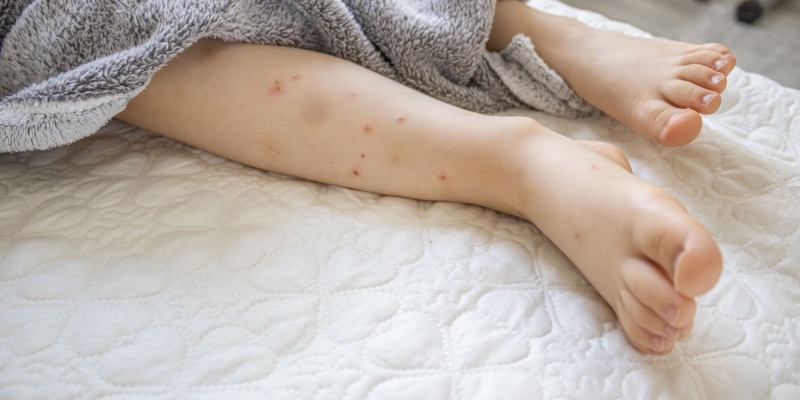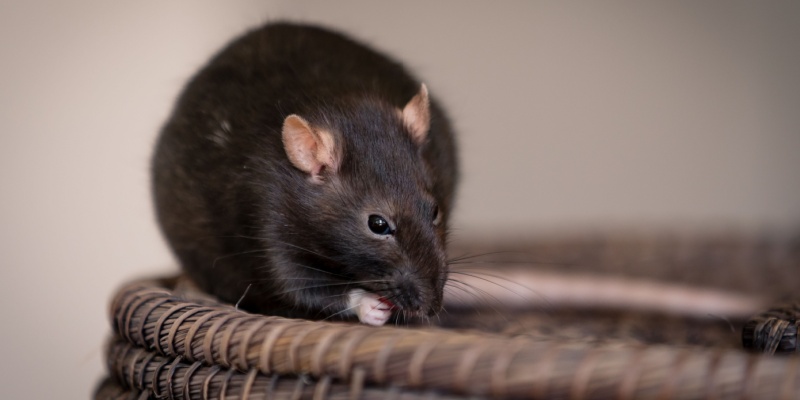Mice are a common pest problem for Indianapolis homeowners, often sneaking indoors in search of food, warmth, and shelter. While their small size and nocturnal habits make them difficult to spot, mice leave behind telltale signs of their presence. Knowing what to look for can help you detect an infestation early and take action before the problem worsens. Here are the top five signs you have mice in your home:
1. Droppings in Key Areas
One of the most obvious signs of a mouse infestation is the presence of droppings. Mouse droppings are small, dark, and pellet-shaped, often found near food sources, in drawers, or along baseboards. Fresh droppings are soft and moist, while older ones become dry and crumbly. If you spot droppings in your pantry, kitchen cabinets, or other areas of your home, it’s a strong indication that mice are active.
2. Gnaw Marks on Surfaces
Mice constantly chew to keep their teeth sharp, leaving behind gnaw marks on a variety of materials. Commonly gnawed items include wooden furniture, food packaging, electrical wires, and even plastic containers. Fresh gnaw marks appear light in color and darken over time. Chewed wires, in particular, can pose a fire hazard and should be addressed immediately.
3. Scratching Noises in Walls or Ceilings
Mice are most active at night, which is when you’re likely to hear scratching or scurrying sounds coming from walls, ceilings, or attics. These noises occur as mice move around looking for food or building their nests. If you hear unusual sounds in your home at night, it’s a strong sign that you may have a mouse problem.
4. Nesting Materials
Mice build nests using soft, shredded materials such as paper, fabric, or insulation. These nests are often hidden in dark, quiet places like wall voids, attics, basements, or behind appliances. If you come across small piles of nesting materials, it’s a clear sign that mice have made themselves at home in your house.
5. Unusual Smells or Tracks
Mice leave behind a musky odor caused by their urine, which can become noticeable in areas where they are active. Additionally, you may see faint tracks or smudge marks along walls or baseboards, as mice tend to follow the same paths repeatedly. Dusty areas may reveal footprints, and greasy smudges are created by the oil in their fur.
Why Acting Quickly Is Important
If you notice any of these signs, it’s crucial to address the issue promptly. Mice reproduce quickly, and a small infestation can turn into a major problem within weeks. Beyond the damage they cause to your property, mice are also carriers of diseases and can contaminate food and surfaces with their droppings and urine.
How to Handle a Mouse Infestation
While traps and bait stations can help control a small number of mice, professional pest control services are often necessary for larger infestations. Experts can identify the extent of the problem, locate entry points, and provide effective solutions to eliminate mice and prevent their return. Sealing gaps, improving sanitation, and using professional-grade treatments are the best ways to protect your home.
Mice may be small, but their impact on your home can be significant. Staying alert to the signs of an infestation and acting quickly will save you time, money, and stress in the long run. If you suspect you have mice in your Indianapolis home, reach out to Trio Pest Control today.



